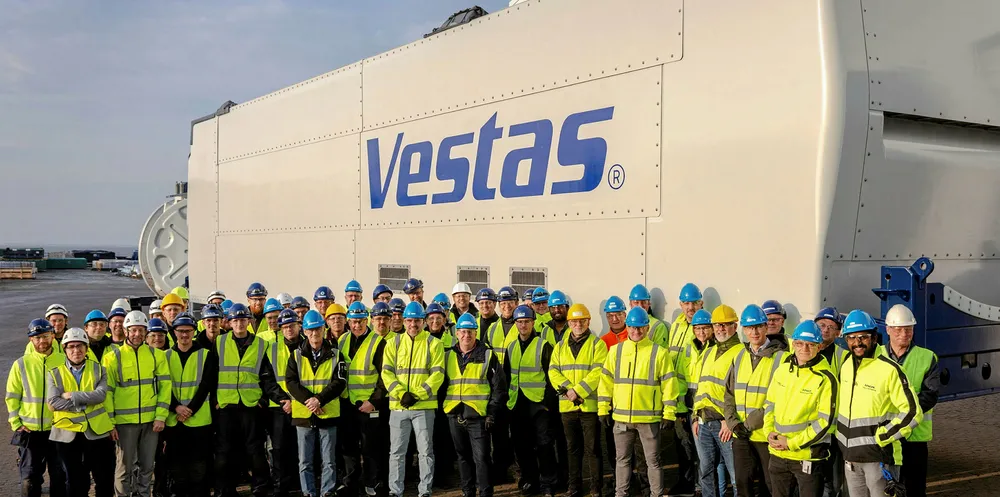High five for Vestas as first EnVentus nacelle rolls off assembly line
Next-generation design, which will be tested as a 5.6MW model flying 150-metre rotor, booked for over 500MW in orders since launch earlier this year

Next-generation design, which will be tested as a 5.6MW model flying 150-metre rotor, booked for over 500MW in orders since launch earlier this year
